July 17, 2025
Weather IoT Sensor "Soratena Pro" Sees Continuous Adoption at Construction Sites and Schools for Heat Stroke Prevention
In recent years, summer temperatures have soared to dangerous new heights due to global warming, and workplace heat stroke casualties continue to surge at an alarming rate (*1).
Today, we spoke with Takashi Seto, who oversees "Soratena Pro," a high-performance weather IoT sensor that represents one of Weathernews' most sought-after heat stroke prevention solutions.
Pinpoint Heat Index Monitoring to Support Environments that Prevent Heat Stroke
Heat stroke is a silent killer. It progresses rapidly from onset to life-threatening complications, with fatality rates far exceeding other workplace accidents. This makes early detection and swift response absolutely critical.
Recognizing this urgent need, Japan enacted new occupational safety and health regulations on June 1, 2025, specifically targeting severe heat stroke prevention. These amendments now require employers to establish comprehensive reporting systems for heat stroke incidents and develop predetermined response protocols for each workplace. While prefecture-level heat stroke warning alerts provide valuable risk indicators, we believe they fall short of addressing the reality on the ground. A one-size-fits-all approach simply doesn't work when lives are at stake.
That's where our compact weather IoT sensor "Soratena Pro" comes in. Accurate heat stroke risk assessment at construction sites, schools, and other work environments demands granular, location-specific data that accounts for local temperature and humidity conditions. This precision enables organizations to understand site-specific heat stroke risks and implement truly effective countermeasures.
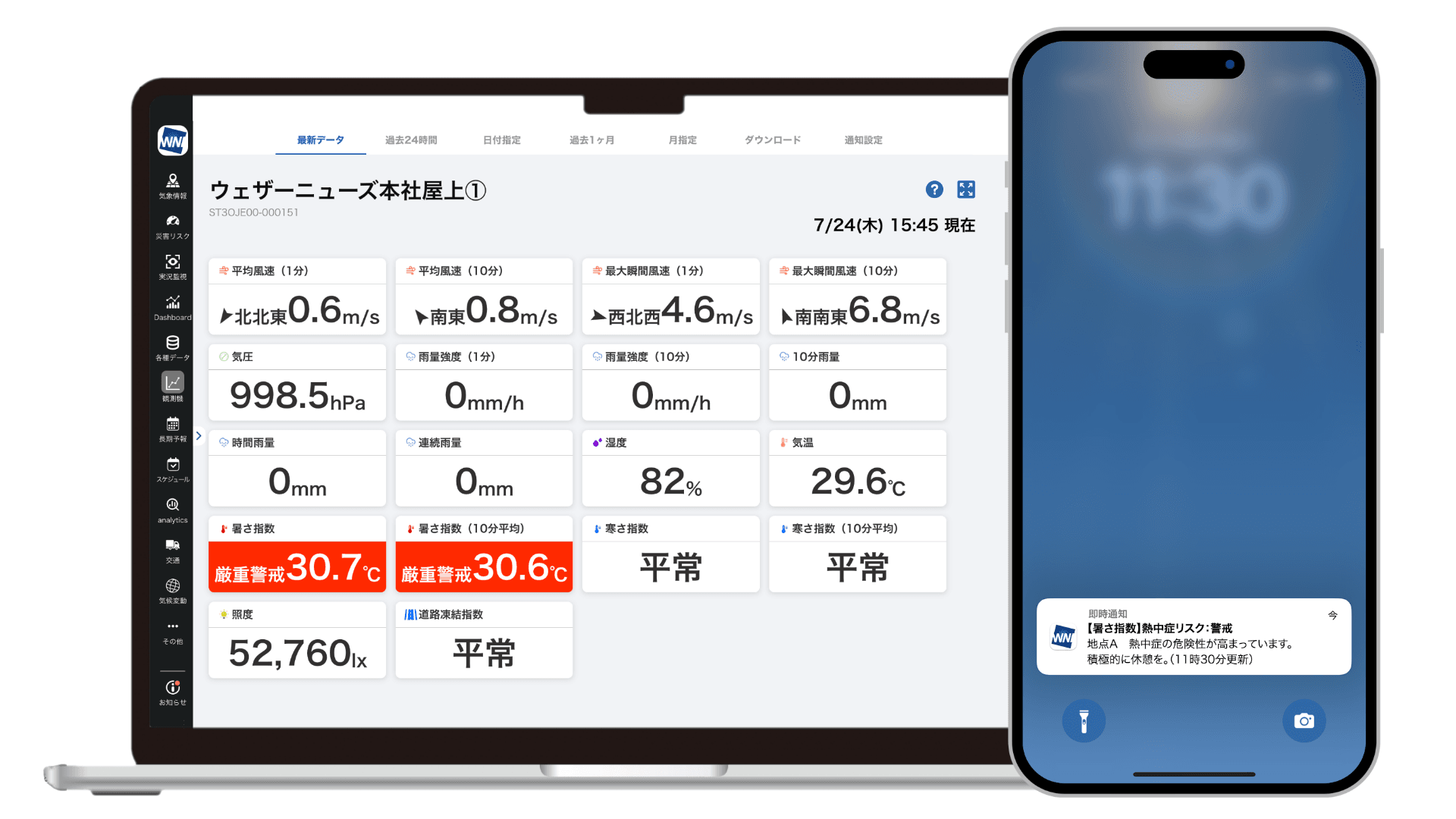
The Heat Index (WBGT) stands for Wet Bulb Globe Temperature and is calculated based on black globe temperature. However, black globe thermometers are specialized instruments that aren't easily obtainable. "Soratena Pro" uses the same methodology as the real-time estimated values provided by the Ministry of the Environment's Heat Illness Prevention Information Site, calculating the index using air temperature (°C), relative humidity (%), global solar radiation (kW/m²), and average wind speed (m/s) (*2).
"Soratena Pro" displays heat index risk levels in four stages: "Caution," "Alert," "High Alert," and "Danger." Users can instantly access observation data and heat index readings via PC or smartphone, while push notifications through the Weathernews app ensure rapid information sharing with all relevant personnel. Since heat stroke risk is determined from data collected by monitoring equipment actually installed on-site, users love being able to understand pinpoint heat stroke risks. The system is being used industries that involve primarily outdoor work, such as construction and agriculture, but also to protect factory workers and elementary school students indoors.
High-performance weather IoT sensor "Soratena Pro"
Four Times More Installations Compared to the Same Month Last Year - Usage Expanding Due to High Performance and Convenience
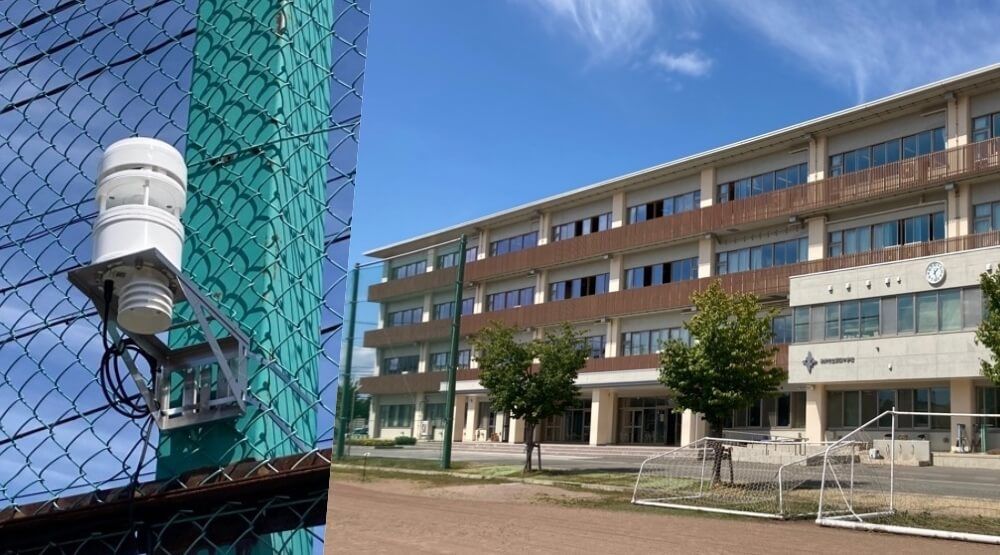
During summer 2024, there was heartbreaking news of an elementary school student collapsing and dying from suspected heat stroke. At elementary schools, teachers manually measure heat stroke risk using monitoring equipment every hour during break times from June to October when using spaces without air conditioning, such as playgrounds, gymnasiums, and special classrooms, making critical decisions to cancel classes when heat stroke danger exists.
This was clearly an enormous burden, but by using "Soratena Pro," automated monitoring and real-time data display on screens became possible, dramatically reducing this workload.
Case study: Yonezawa City Board of Education
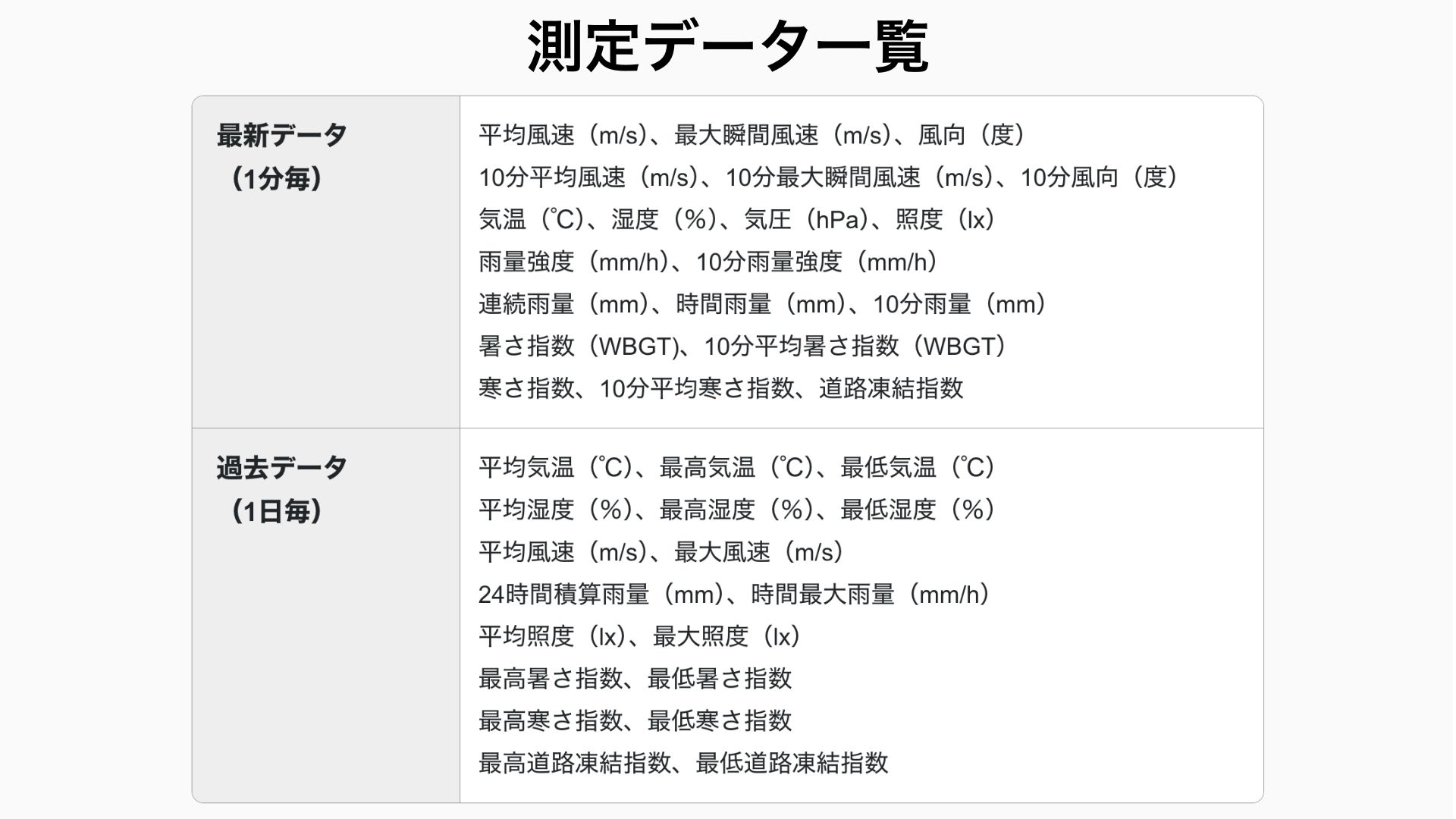
The reason "Soratena Pro" usage is expanding at construction sites and other locations is because it delivers features that perfectly match user needs. Typically, installing monitoring equipment requires purchasing equipment, preparing dedicated network lines, and developing interfaces to check the data—costs of several million yen and several months before you can even start using it.
In contrast, "Soratena Pro" stands out by being compact, high-performance, yet affordably priced. It's small enough to hold in one hand and begins monitoring simply by plugging into a power outlet. We're confident in its performance thanks to our partnership with Omron, which specializes in sensor development.
Additionally, with a built-in SIM for data communication, monitoring data flows to the cloud the moment you start using it. We provide software that lets you check real-time data on your smartphone as a complete service package with the monitoring equipment. API-based data integration is also available for enterprises, and we believe this total convenience drives our expanding usage. Currently, Soratena Pro is being used across various industries for heat stroke prevention at construction sites and schools, with installation numbers four times higher than the same month last year (as of end of June 2025).
Expanding to Solutions for People Worldwide Who Face Heat Stroke Risks
Until now, we've focused on developing "Soratena Pro" itself, creating content using its monitoring data, and updating visibility and heat index calculation methods. As "Soratena Pro" usage grows, we're discovering new detailed user interface challenges, so we're committed to further improving usability and functionality going forward.
Additionally, "Soratena Pro" became the first in Japan to obtain approval for forecast operations using supplementary observations. This breakthrough will enable predictions for installation locations, making heat index forecasting possible.
Heat stroke isn't just Japan's problem. Due to global warming, countries worldwide are increasingly experiencing dangerously high temperatures, with heat stroke-related health damage and deaths reported everywhere. While heat stroke prevention using "Soratena Pro" may not yet be widely known internationally, we're excited about helping more people worldwide learn about and use this technology.
High-performance weather IoT sensor "Soratena Pro"
Weathernews' Extreme Heat Outlook 2025 Alert: Dangerous 40°C Heat Expected from Late July to Early August Due to Double High Pressure System "Extremely Hot Day" Forecast: Kyoto Leading with 26 Days, Kofu with 25 Days—Inland Areas Hit Hardest
Temperatures from July to September this year are expected to soar above average nationwide. The peak heat period is anticipated from late July to early August. When the Pacific High and Tibetan High pressure systems extend toward Japan, creating overlapping high-pressure systems called "Double High Pressure," extremely hot days exceeding 35°C will persist, with some areas reaching dangerous 40°C "severe heat" levels, requiring maximum vigilance.
Please take comprehensive heat prevention measures including frequent hydration and stay fully alert to heat stroke risks.
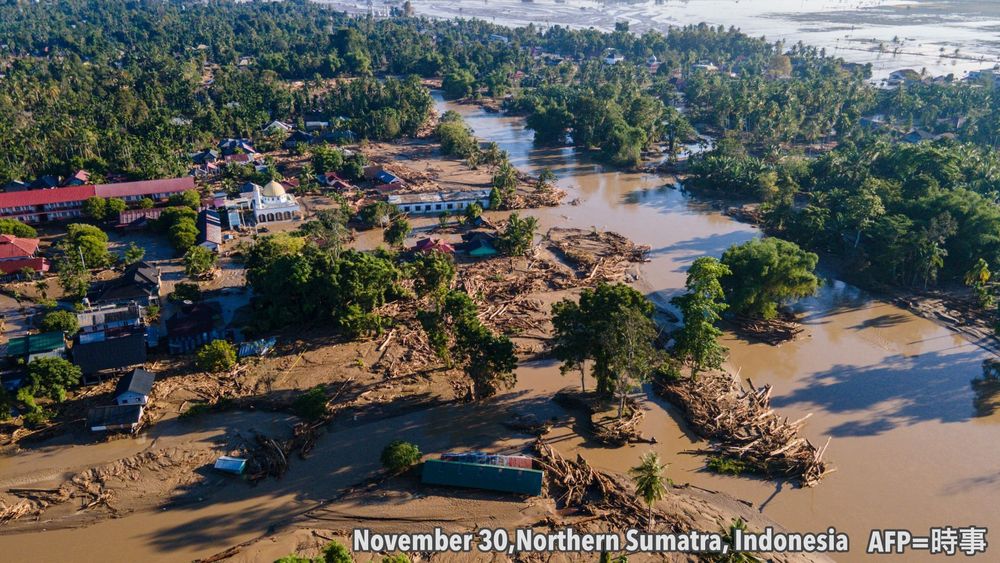
December 11, 2025
Unprecedented: Cyclone Develops in Malacca Strait as Indonesia and Thailand Face Record Rainfall
December 9, 2025
[20 Years of Weather Reports] The Journey and Future of a One-of-a-Kind Global Community
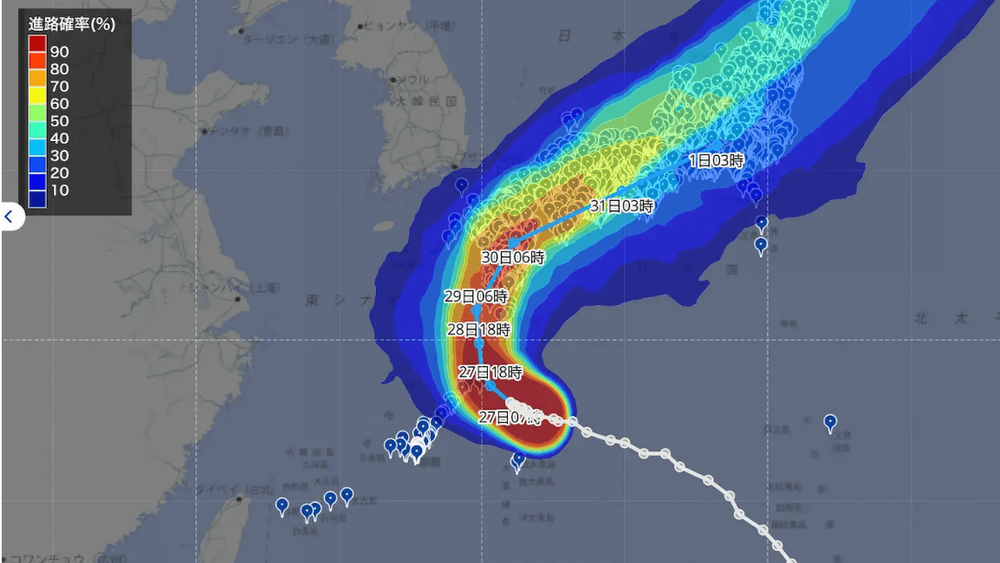
December 7, 2025
Will AI Revolutionize Typhoon Forecasting? Weathernews' Typhoon Experts Deploy Advanced AI Prediction Model